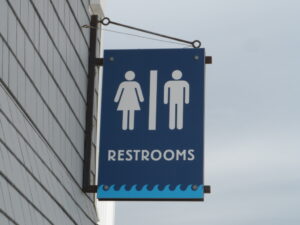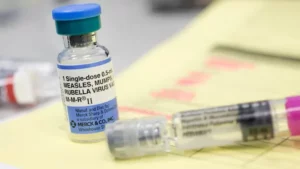Ever since the Omicron variant of Covid-19 was first identified in the United States, the statistics have surged. From an average of about 100,000 new cases a day in mid-December to averaging around 400,000 to 800,000 new cases a day in early January, the circumstances in the US have become increasingly concerning. As the numbers rise, the situation becomes harder and harder to control. Healthcare workers are reporting that they run thousands of tests everyday and are constantly finding their workplaces with unexpected shortages of testing supplies. Now, many citizens are able to get their hands on at-home antigen tests; although this has alleviated some of the shortages across the country, concerns have arisen due to the lack of accuracy of these at-home tests.
Rapid Antigen vs PCR Tests
Polymerase chain reaction tests, more commonly known as PCR tests, are Covid-19 tests that are performed in a laboratory where multiple copies of the virus’ genetic material are produced and amplified. These copies allow more accurate detections of the virus. Rapid antigen tests, however, do not amplify the virus, making them less sensitive, and thus, more susceptible to error. If the test is taken too early before the virus has replicated itself in someone’s body, the rapid antigen test is much more likely to produce a false negative than the PCR test. The rapid antigen tests are currently marked at around an 85% accuracy rate, but some studies have shown that the performance of these tests have been lower when used in the real world as opposed to laboratories.
What is the Best Way to Test?
Experts say that the best thing to do when you believe you may have been exposed to Covid-19 or are experiencing symptoms is taking an at-home rapid antigen test and following the directions carefully to get the most accurate results possible. If the test is positive, it is likely to be accurate since false positives are relatively rare in comparison to false negatives. So, the best thing to do is quarantine and take another rapid test within the next few days. If the test is negative, it may be a false negative, and it is best to follow up with a PCR test while remaining isolated from others.










